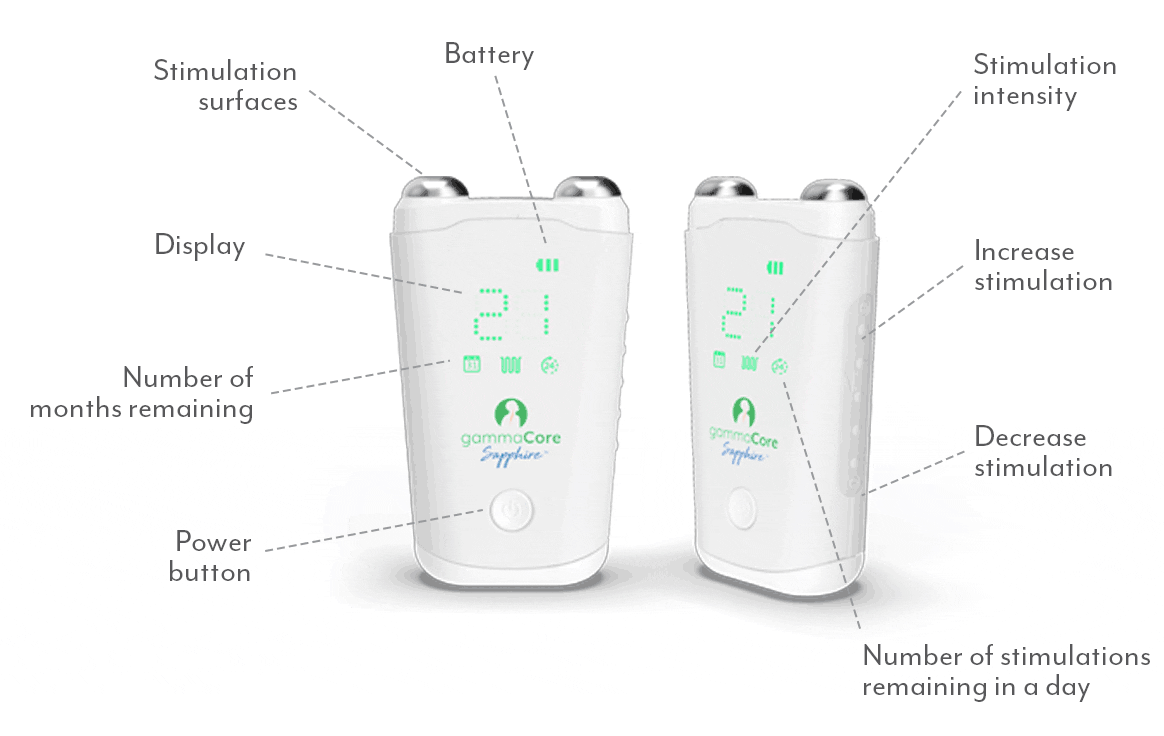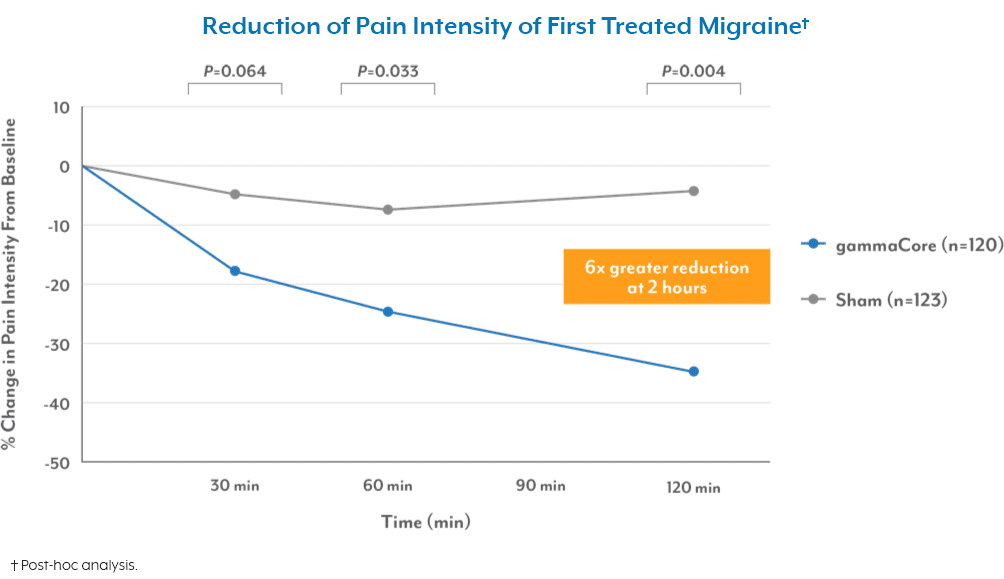
For people prone to migraine, winter can bring a whole new set of challenges. But migraines in winter don’t have to steal the joy of the season. By understanding and addressing common winter migraine triggers, you can take proactive steps to reduce the frequency and intensity of your headaches and enjoy the season.
Top Winter Migraine Triggers
- Dry Air
Indoor heating systems can dry out the air and lead to dehydration, a known seasonal migraine trigger.1 In fact, a third of migraine sufferers admit that dehydration puts them on the fast track to a debilitating headache, according to the American Migraine Foundation.2
Try this: If you’re spending most of your time in heated indoor spaces, drink lots of water to stay hydrated and consider using a humidifier to add moisture to the air. Adequate ventilation can help maintain a comfortable indoor environment. Also, avoid excessive caffeine and alcohol, which can contribute to dehydration and the onset of migraine attacks.
- Shorter Days and Longer Nights
Shorter daylight hours and less natural light throughout the day in the winter season can disrupt your circadian rhythm, potentially leading to more migraine pain. The colder, darker days in winter can also impact your mood, and stress can be a significant migraine trigger for some people.
Try this: Stick with a routine. Try to maintain a regular sleep schedule and consistent mealtime hours, even on the weekends and holidays. Prioritizing self-care and incorporating stress-reduction techniques (e.g., yoga, exercise, meditation) into your daily routine can also help snap you out of that winter funk and prevent migraine attacks.
- Cold and Flu Season
Winter is notorious for colds and sinus problems. The pressure from sinus congestion and infections can trigger some people’s migraine.
Try this: Wash and sanitize your hands frequently throughout the day to keep germs at bay, especially during cold and flu season, and avoid interacting with people who might be sick. If you continue to struggle with sinus congestion, consult a health care provider for appropriate treatments to address the issue, so that it doesn’t lead to a migraine.
- Holiday Meals
One of the biggest highlights of the winter season for many families is the holidays. Unfortunately, some foods that are commonly included in holiday spreads are also known to trigger migraine attacks. Foods that contain the chemical tyramine, like aged cheeses and processed meats, are known to be big culprits, along with the additive MSG (monosodium glutamate), chocolate, artificial sweeteners like aspartame, alcohol, and caffeine.
Try this: Be mindful of what you eat and drink. If certain foods or beverages consistently trigger your migraines, try to limit or avoid them altogether. Keeping track of what you eat and drink before the onset of a migraine can help you identify and eliminate potential triggers in your diet.
Get Ahead of your Winter Migraine Triggers
Staying on top of your winter headache and migraine triggers can make for an easier, more enjoyable season ahead. Another way to beat winter headaches and migraines is to prevent them using gammaCore™ non-invasive vagus nerve stimulator (nVNS). It’s a handheld device that you can use yourself at home. To prevent migraines, use gammaCore nVNS twice daily on the same side of the neck for two 2-minute sessions. You can also use it as needed up to 24 times daily.
To see if gammaCore is right for you, visit our clinic finder to locate a health care provider near you, or contact our dedicated Customer Experience team at 888-903-2673 or customerservice@electrocore.com.
References
1. (2017, December 14). Seasonal Migraine Triggers. American Migraine Foundation. Retrieved September 19, 2023, from https://americanmigrainefoundation.org/resource-library/seasonal-migraine-triggers/
2. (2017, July 27). Top 10 Migraine Triggers and How to Deal with Them. American Migraine Foundation. Retrieved September 19, 2023, from https://americanmigrainefoundation.org/resource-library/top-10-migraine-triggers/



